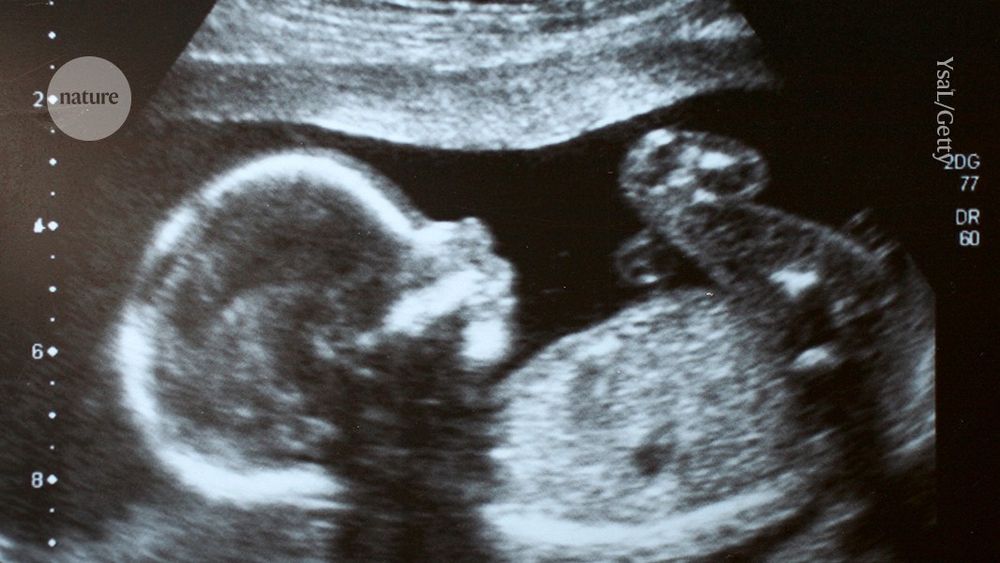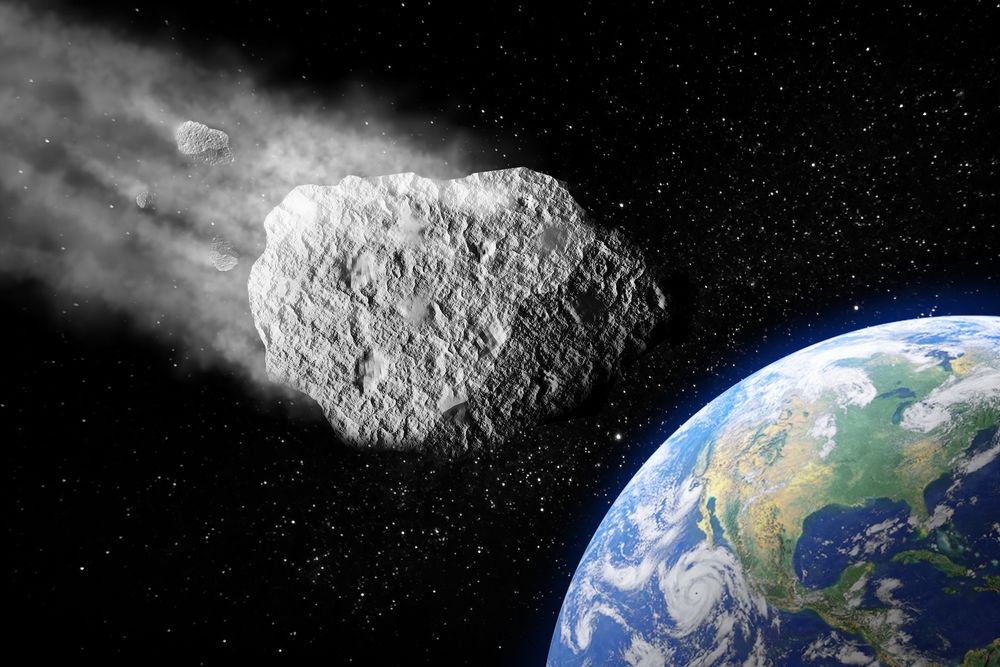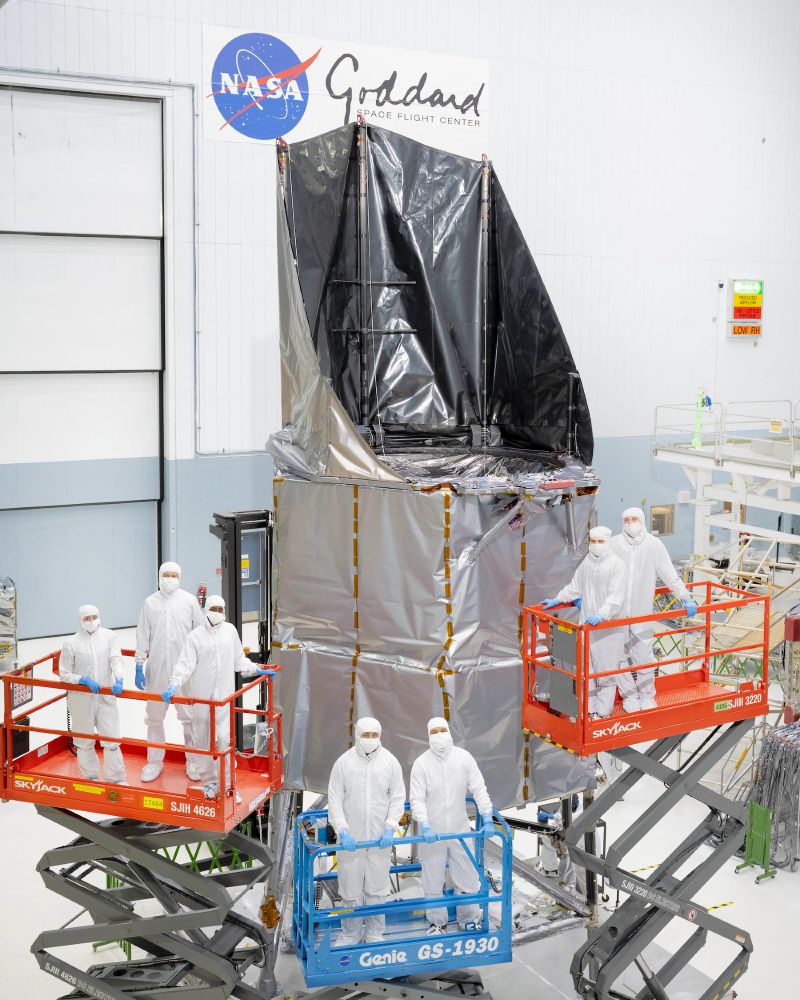
International Space Station

International Space Station


https://go.nature.com/41a7Zzj

https://go.nature.com/41a7Zzj

A new study, using data from various satellite observations -including our CryoSat mission- reveals alarming insights about the declining rate of glaciers.
Read the full study🔗 esa.int/Applications...

A new study, using data from various satellite observations -including our CryoSat mission- reveals alarming insights about the declining rate of glaciers.
Read the full study🔗 esa.int/Applications...
Left: Image of galaxy pair Arp 107 taken the year I was born, using the Palomar 200" (the world's most powerful telescope at the time).
Right: Image of Arp 107 taken last year by JWST. 🧪🔭
ned.ipac.caltech.edu/level5/Arp/A...


The Manicouagan Crater Quebec, Canada.
International Space Station

The Manicouagan Crater Quebec, Canada.
International Space Station
Now might be a bad time to reduce spending on Science. Just sayin’.

Now might be a bad time to reduce spending on Science. Just sayin’.
14th March- Partial Lunar Eclipse.
29th March- Partial Solar Eclipse.
Visible from the UK and the rest of Europe.
🔭 🧪 #astrophotography
14th March- Partial Lunar Eclipse.
29th March- Partial Solar Eclipse.
Visible from the UK and the rest of Europe.
🔭 🧪 #astrophotography


The visor-like sunshade will help prevent unwanted light from entering the telescope: go.nasa.gov/4hQItFR

The visor-like sunshade will help prevent unwanted light from entering the telescope: go.nasa.gov/4hQItFR
It is a panoramic view of our neighbouring #Andromeda galaxy, located 2.5 million light-years away.
Access full res 👉 www.esa.int/Science_Expl...
🔭🧪

It is a panoramic view of our neighbouring #Andromeda galaxy, located 2.5 million light-years away.
Access full res 👉 www.esa.int/Science_Expl...
🔭🧪

I've been waiting for a few software improvements, and I'm pleased with the results from this beta test!
Software: Siril 1.3.6-dev, GraXpert, GIMP

I've been waiting for a few software improvements, and I'm pleased with the results from this beta test!
Software: Siril 1.3.6-dev, GraXpert, GIMP




blogs.esa.int/rocketscienc...

blogs.esa.int/rocketscienc...
It surrounds galaxy NGC 6505, which is acting as a gravitational lens, bending light from a distant galaxy behind it.
Why is this rare phenomenon so useful for scientists? 👉
www.esa.int/Science_Expl...
🔭🧪
#cosmology

It surrounds galaxy NGC 6505, which is acting as a gravitational lens, bending light from a distant galaxy behind it.
Why is this rare phenomenon so useful for scientists? 👉
www.esa.int/Science_Expl...
🔭🧪
#cosmology
It is oriented directly edge-on to us
(Credit: ESA/Hubble & NASA, A. Filippenko, R. Jansen)

It is oriented directly edge-on to us
(Credit: ESA/Hubble & NASA, A. Filippenko, R. Jansen)

